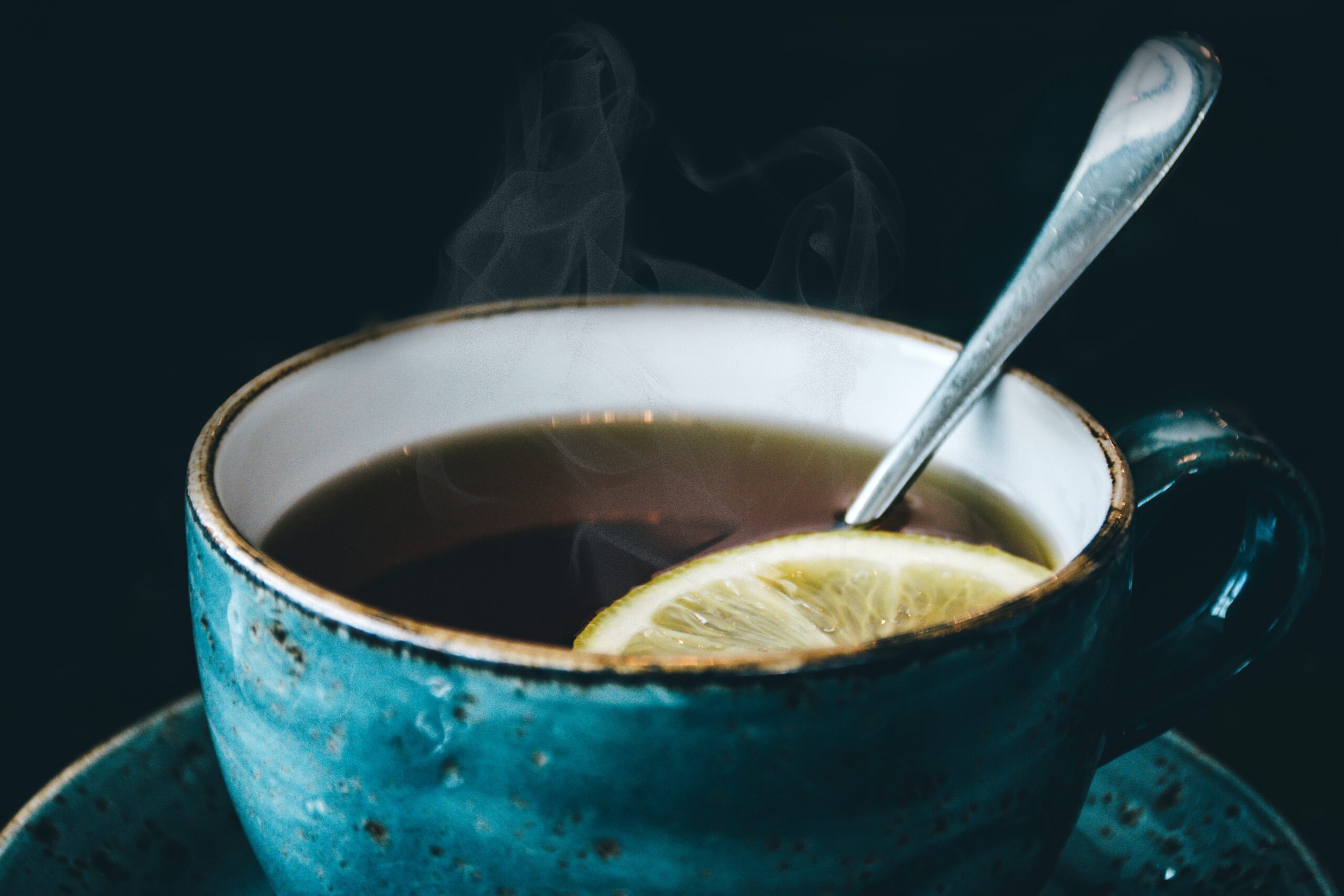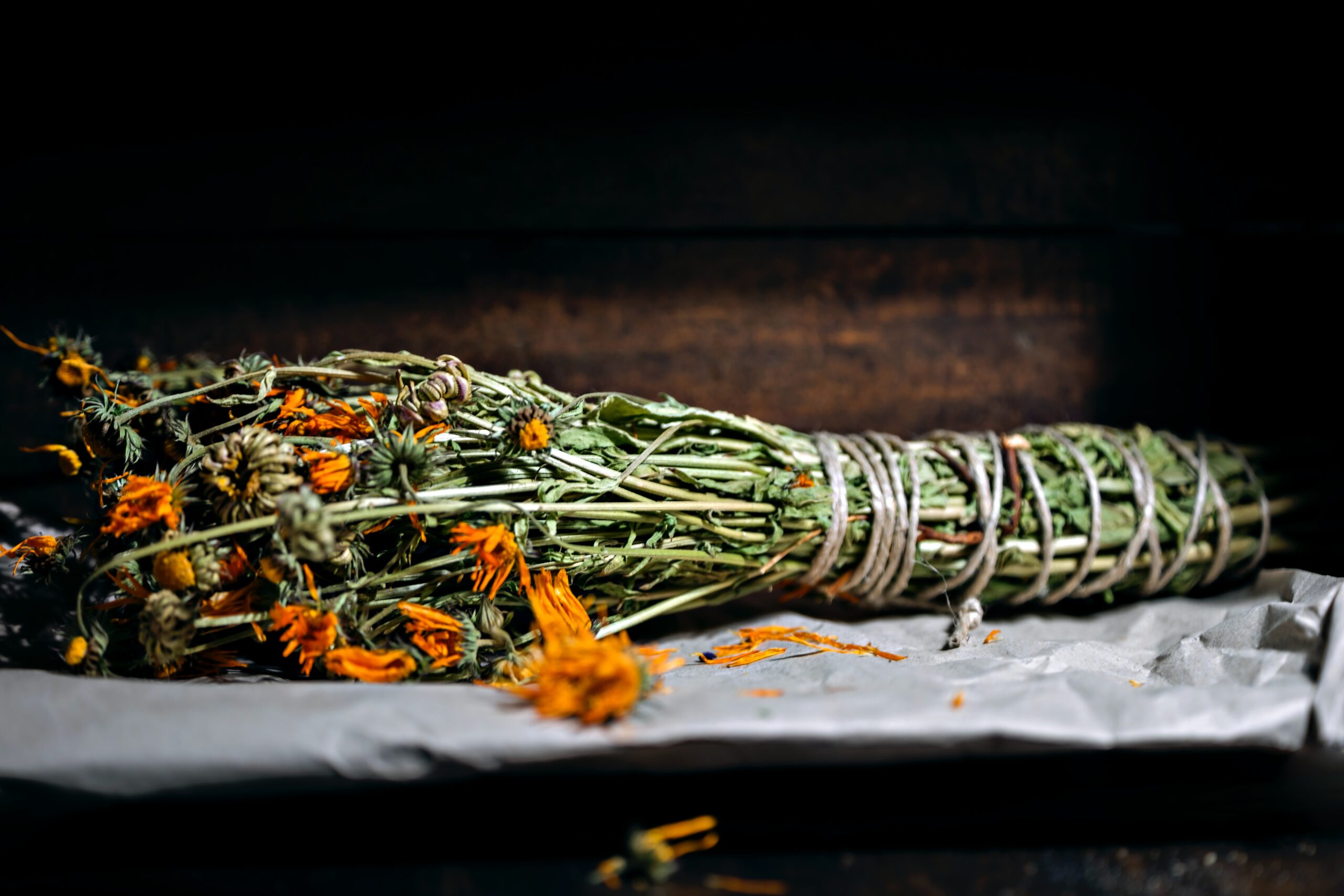
herbal tea: a natural and fast-acting way to reduce anxiety and improve health
spilling the tea on anxiety
As the single most popular — and healthiest — beverage after water, tea has long been a staple fixture in the routine of human beings, with people from all different cultural backgrounds averaging an incredible 2.16 billion cups per day.
Dating as far back as the 3rd century AD, tea drinking is often touted for its medicinal value and range of impressive side effects within the body — and with over 20,000 different teas to choose from, it’s hard to go wrong!
When it comes to choosing your herbal tea based on the benefits it has to offer, however, there are a few key things to take into consideration. This article is here to break it down for you.
the benefits of herbal tea
This category of teas encompasses anything from peppermint tea, to turmeric, to rose, with the assortment of health benefits varying almost equally in extent as the range of available flavours (aka plants).
in 2009, a group of researchers set out to measure something referred to as the 'flavonoid content' of over 14 different herbal teas, including:
- fennel
- chamomile
- dandelion
- lemongrass
- rooibos
- bergamot
- peppermint
- thyme
- hawthorn
- lemon verbena
- jasmine
- rosemary
- rose-hip
- and lavender
Flavonoids are a type of antioxidant. Antioxidants work within the body by binding to free radicals, which are the molecules responsible for mutations within the body that can lead to the development of disease. The average human will accumulate DNA damage as a result of these free-radicals in roughly 7% of their total cells — a process that antioxidants directly help to mitigate.
The top five to rank the highest following the experiment were chamomile, dandelion, lemongrass, rooibos, and rose-hip — making them all excellent teas for preventing disease in the long-run (1).
Important to note, is that steeping for any longer than 60 seconds did not seem to have a significant effect on the level of flavonoids available within the tea , making it solely a matter of personal taste preference.
Speaking of preference, we’ve compiled a list of some of our favourite herbal teas (medical herbalist approved)!
These herbs made the cut for a variety of different reasons, namely their impressive and fast-acting ability to reduce anxiety, aid digestion, boost the immune system and improve overall health:
- Chamomile — Chamomile can be considered somewhat of a “cure-all,” covering many bases of human health - from digestive functions, to antispasmodic (cramping) effects to the enhancement of calm and sleep. Not only can chamomile tea be used in the treatment of anxiety and insomnia due to the presence of apigenins which binds to sleep receptors in the brain, but it also works extremely well as a general anti-inflammatory agent (2).
- Dandelion — Out of all these teas tested, dandelion tea was ranked highest in antioxidant activity within the body. Due to the presence of these helpful bioactive components this tea can be a great way to detox - but, when it comes to dandelion tea, it’s important to take into consideration the differences between the root and leaf. The root of the dandelion plant contains inulin, a form of prebiotic fibre, which feeds the gut microbiome and helps to keep the immune system strong. The leaf, however, contains very high levels of potassium, and so much so that despite working as a powerful diuretic (used for the treatment of high blood pressure and oedema), unlike pharmaceuticals, it won’t lead to a deficiency of potassium in the blood (3).
- Lavender — Lavender tea has been shown to provide support to some people in reducing anxiety and depression and is recommended as a complementary therapy for several stress-related disorders (4).
- Lemongrass — Fascinatingly, lemongrass tea has been studied for its use in the prevention of anaemia (iron deficiency), as a result of its erythropoiesis boosting effects — i.e. an increase in the production of haemoglobin and red blood cells. Lemongrass also contains substances that can help alleviate swelling and pain, as well as reduce fever (5).
- Rooibos — Also known as red tea, rooibos tea has been linked to a range of health boosting effects and, when consumed regularly, has been linked with a reduction in the risk of developing cancer. For many individuals, rooibos makes a great night-time/caffeine-free substitute for green tea (6).
- Rose-hip — Involved in research on rheumatoid arthritis, rosehip tea has been shown to act as an anti-inflammatory, while also providing a range of benefits to the immune system and skin due to the high concentration of Vitamin C within the fruits of this plant (7).
the benefits of white and green tea
Technically speaking, only black, green, white, and oolong teas are actually derived from Camellia sinensis, aka the tea plant. So, by definition, herbal ‘teas’ (technically called infusions) are derived from any plant aside from the tea plant.
Of the purest teas, white and green are both more minimally processed, made using either the immature buds of the tea plant or the more mature leaves, respectively. The reason this information is important to note is that the more processed the tea leaves are, the lower levels of polyphenol flavonoids (i.e. the good stuff) they usually contain.
The most potent of antioxidants , however, — known as ECGC — is found primarily in green tea.
As a result, making green tea part of your daily routine has been linked to a risk reduction for an unbelievably long list of health issues, ranging from obesity and ovarian cancer to cognitive decline, stroke, LDL cholesterol oxidation, and many, many more (8, 9, 10).
With the emergence of recent evidence to suggest that the ability of green tea in providing hydration to the body is on par with that of plain drinking water, it just might be the single most healthful substance you can incorporate into your daily routine (11).
With that being said, if you are someone who enjoys drinking your tea with lemon, white tea suddenly jumps ahead in the ranking with more to offer. Due to the lowering of pH that occurs as a result of the citric fruit, a significantly greater number of phytonutrients are able to be released when compared to green tea — both with and without the addition of lemon.
In fact, white tea (with lemon) was found to block 100% of DNA damage from the PhIP carcinogen (the heterocyclic amine found in certain types of cooked and processed meats) in in vitro studies, while green tea was only able to block a fraction of the same amount (12).
To put it plain and simple: there’s a lot we still don’t fully understand about the mechanisms behind the therapeutic effects of drinking tea — but we do know that they’re there!
Because all teas possess impressive healing characteristics, they are a wonderful means of supporting ongoing health and preventing disease in our day-to-day life.
What this means is that the healthiest tea is likely just the one you’re willing to drink the most of — and if that’s not something to cheers to with a steaming cup of tea, then at sofi we don’t know what is!
Text References:
- Wolfram, S. (2007). Effects of green tea and EGCG on cardiovascular and metabolic health. Journal of the American College of Nutrition, 26(4), 373S-388S.
- Srivastava JK, Shankar E, Gupta S. Chamomile: A herbal medicine of the past with a bright future. Mol Med Report. 2010 Nov 1; 3(6):895–901.
- Wirngo, F. E., Lambert, M. N., & Jeppesen, P. B. (2016). The Physiological Effects of Dandelion (Taraxacum Officinale) in Type 2 Diabetes. The review of diabetic studies : RDS, 13(2–3), 113–131.
- Bazrafshan MR, Jokar M, Shokrpour N, Delam H. The effect of lavender herbal tea on the anxiety and depression of the elderly: A randomized clinical trial. Complement Ther Med. 2020 May;50:102393.
- Ekpenyong, C. E., Daniel, N. E., & Antai, A. B. (2015). Bioactive natural constituents from lemongrass tea and erythropoiesis boosting effects: potential use in prevention and treatment of anemia. Journal of medicinal food, 18(1), 118–127.
- Erickson, L. (2003). Rooibos tea: research into antioxidant and antimutagenic properties. HerbalGram, 59, 34–45.
- Mármol, I., Sánchez-de-Diego, C., Jiménez-Moreno, N., Ancín-Azpilicueta, C., & Rodríguez-Yoldi, M. J. (2017). Therapeutic Applications of Rose Hips from Different Rosa Species. International journal of molecular sciences, 18(6), 1137.
- Basu, A., & Lucas, E. A. (2007). Mechanisms and effects of green tea on cardiovascular health. Nutrition reviews, 65(8), 361–375.
- Serafini, M., Del Rio, D., Yao, D. N. D., Bettuzzi, S., & Peluso, I. (2011). Health benefits of tea. In Herbal Medicine: Biomolecular and Clinical Aspects. 2nd edition. CRC Press/Taylor & Francis.
- Khan, N., & Mukhtar, H. (2013). Tea and health: studies in humans. Current pharmaceutical design, 19(34), 6141–6147.
- Ruxton CH, Hart VA. Black tea is not significantly different from water in the maintenance of normal hydration in human subjects: results from a randomised controlled trial. Br J Nutr. 2011 Aug; 106(4):588–95.
- Green RJ, Murphy AS, Schulz B, Watkins BA, Ferruzzi MG. Common tea formulations modulate in vitro digestive recovery of green tea catechins. Mol Nutr Food Res. 2007 Sep;51(9):1152–62.

